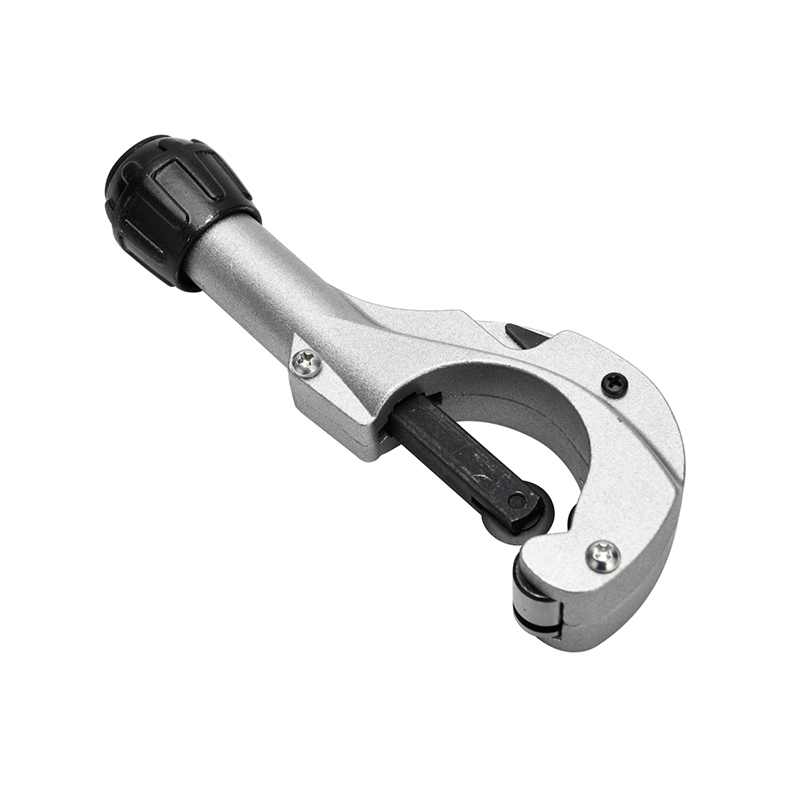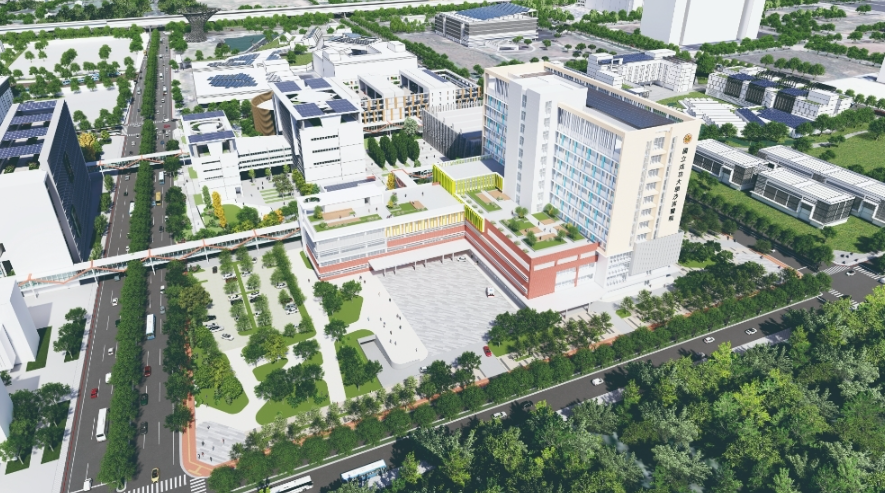Material Considerations in Plastic Pipe Cutter Design

The cutting efficiency of a plastic pipe cutter derives from the careful integration of blade material properties, mechanical advantage systems, and understanding of various plastic materials under stress. The development of these specialized cutting tools represents a convergence of metallurgy, mechanical engineering, and polymer science aimed at solving the particular challenges of plastic pipe separation. The blade composition in a plastic pipe cutter requires specific material characteristics including high hardness to maintain sharpness, sufficient toughness to resist chipping, and corrosion resistance to maintain performance in various working environments. Advanced pipe cutting tools often incorporate blades manufactured from high-carbon steel, tool steel, or tungsten carbide composites, each offering distinct advantages for different cutting applications and frequency of use. The mechanical design of a plastic pipe cutter must generate sufficient force to shear the plastic material while controlling the application of this force to prevent pipe deformation. The continuing refinement of these cutting tools focuses on enhancing cutting precision while reducing the physical effort required from operators, making plastic pipe cutter technology increasingly accessible to professionals with varying strength capabilities.
The blade geometry in a plastic pipe cutter significantly influences cutting performance and finished cut quality. The cutting edge in these pipe cutting tools typically features an angled profile that progressively engages with the pipe material rather than attempting to shear through the entire wall thickness simultaneously. This gradual cutting action minimizes the deformation forces transmitted to the pipe, preserving its circular cross-section throughout the separation process. The sharpness angle of plastic pipe cutter blades represents a balance between durability and cutting efficiency, with steeper angles providing easier penetration but potentially dulling more quickly. Many modern pipe cutting tools incorporate replaceable blades that allow operators to maintain optimal cutting performance without replacing the entire tool. The surface finish on plastic pipe cutter blades also affects performance, with polished surfaces reducing friction and minimizing the tendency for plastic material to adhere to the cutting edge during operation. These detailed considerations in blade design distinguish specialized cutting tools from general-purpose cutters that might compromise plastic pipe integrity during separation.
Ergonomic considerations have become increasingly important in the evolution of plastic pipe cutter designs, recognizing that professionals use these tools repeatedly throughout their work. The handle configuration on modern pipe cutting tools distributes grip pressure across the palm to reduce localized stress points that could lead to fatigue or discomfort. The leverage systems in scissor-type plastic pipe cutter models have been refined to provide mechanical advantages that reduce the hand strength required for cutting, particularly with larger diameter pipes. Weight distribution in these cutting tools affects balance and control during operation, with well-designed plastic pipe cutter models feeling neutral in the hand rather than blade-heavy. Safety features have also been integrated into contemporary pipe cutting tools, including blade guards that protect operators during transport and storage, and locking mechanisms that prevent accidental closure. These ergonomic refinements in plastic pipe cutter technology contribute to improved cutting accuracy by enhancing operator control and reducing muscle fatigue during extended cutting sessions.
The future development trajectory of plastic pipe cutter technology points toward enhanced specialization and integration with other piping processes. Emerging pipe cutting tools incorporate measurement systems that help operators determine exact cutting positions without requiring separate measuring devices. Some advanced plastic pipe cutter designs now include integrated preparation stations that combine cutting, deburring, and cleaning functions in a single tool system. The growing adoption of specialized cutting systems in the piping industry suggests potential development of more sophisticated plastic pipe cutter systems that would further improve cutting consistency across different plastic materials. The material science behind plastic pipe cutter blades continues to advance, with various surface treatments being explored to extend blade life between sharpenings or replacements. The ongoing refinement of these specialized cutting tools reflects the industry's continuing development of plastic piping systems and the corresponding need for dedicated installation tools. The evolution of plastic pipe cutter design demonstrates how tool technology adapts to specific material characteristics and application requirements, with each generation of these pipe cutting tools offering improvements in precision, efficiency, and user experience for professionals working with various plastic piping materials across different applications and environments.




